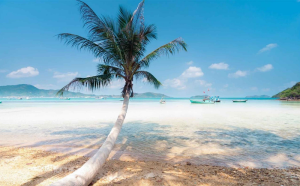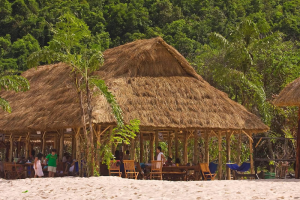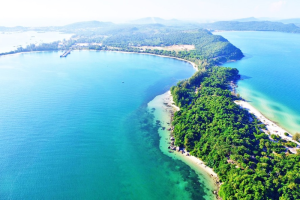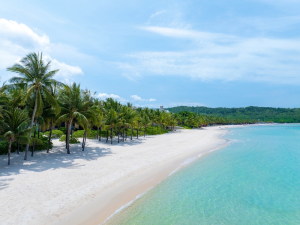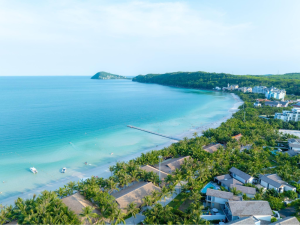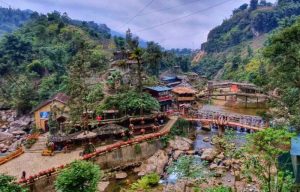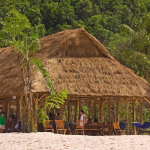What to do in Ta Xua is not so obvious, at least to first-time visitors. Located in the northwest of Vietnam, the mountainous retreat offers dramatic landscapes, peaceful ethnic villages, and some of Vietnam’s most stunning cloud scenery. If you wish to leave the typical travel paths and get closer to nature, Ta Xua is where you should head. In this article, you will get a total idea of what to expect on your visit.
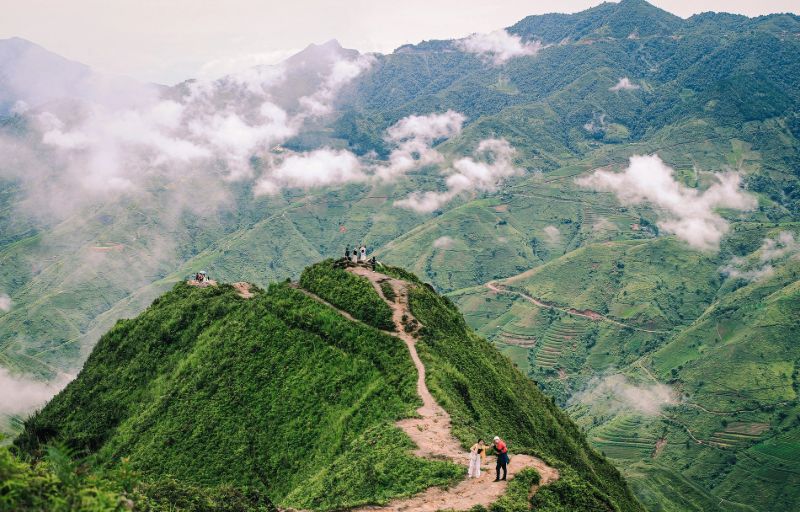
Overview of Ta Xua’s charm and appeal
Ta Xua stands at a height of approximately 2,865 meters above sea level, one of Vietnam’s highest mountain peaks. Located on the Son La-Yen Bai frontier, some 240 km northwest of Hanoi, it is a dramatic escape into misty highlands and rocky terrain. Ever-present cool climate and sweeping views give Ta Xua its sense of serenity and remoteness, attracting travelers who seek not only breathtaking scenery but also respite from crowded destinations.
The area is internationally renowned for its sea of clouds, which often fills the valleys in the early morning. Particularly from November to March (and occasionally in early July), thick opaque clouds sweep over ridgelines, creating otherworldly “cloud hunting” landscapes across the mountaintops. Trails such as the classic Dinosaur Spine ridge offer heart-stopping views across terraced fields and forested slopes – a favorite spot for photographers and nature lovers.
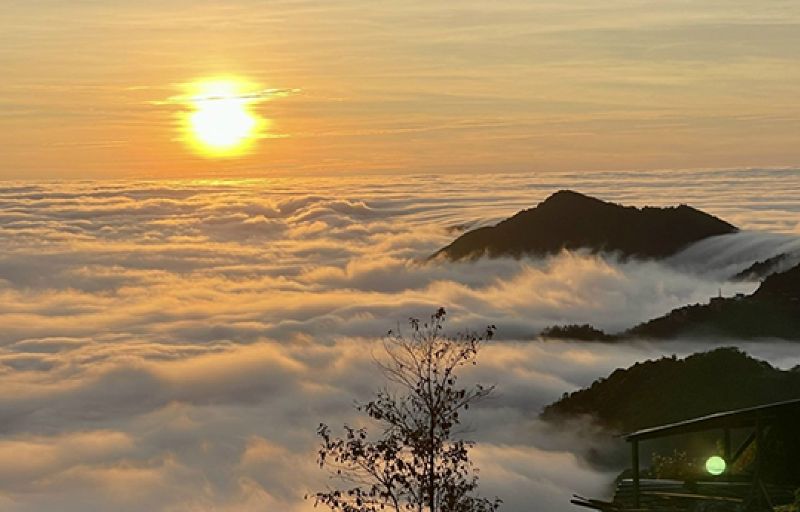
Beneath the dramatic skyline lies a rich cultural landscape inhabited by some ethnic minorities as the H’Mong, Thai, Dao, and Mươn. Guests can stay overnight in traditional homestays, visit stilt-house villages, see weaving traditions, share local foods, and observe daily agricultural life, allowing a deep experience of highland culture.
Ta Xua is also of ecological value: its national primitive forest spans more than 17,000 hectares, with orchid and rhododendron species that exist nowhere else, along with black gibbons and red pandas in more remote parts. This makes it appealing to adventure-trekking enthusiasts as well as biodiversity fans.
What to do in Ta Xua
This is the main part, we will dive into the diverse options of what to do in Ta Xua below:
Chase the sea of clouds at sunrise in Ta Xua
Begin your day before sunrise to reach vantage points like the Dinosaur Backbone, Turtle Head Rock, and Windy Peak. From the end of November to April, mornings become a breathtaking sea of clouds rolling through valleys beneath you, especially between 5 AM and 10 AM. The golden light of sunrise provides misty ridges with an ethereal quality, which is ideal for photography. After rain or nights of high humidity, the spectacle is generally more dramatic. A few tourists overnight in the area to enhance their chances of seeing these cloud inversions.
Trek the dinosaur backbone ridge
The Dinosaur Spine, at an elevation of about 2,400 m, is a narrow, jagged ridge that looks like a dinosaur backbone and provides sweeping views across terraced fields and mountain valleys. The trail is steep and exposed – dangerous when wet – so good hiking gear, such as trekking boots, gloves, and a walking stick, is necessary. The classic trek is a two-day affair, with time to camp or spend the night at a homestay before making the ridge at sunrise.
Explore ethnic minority villages
Ta Xua is home to the H’Mong, Thai, Dao, and Muong, who lead traditional lives in villages of wooden stilt homes, terraced fields, and weaving customs. Homestays with families are possible for tourists, and they can join in daily life – preparing local foods, learning about festivals, tea picking in Hang Dong, and sharing rural life experiences. It also involves tasting specialties like thang co, com lam, or mountain chicken grilling, most often served with homemade corn wine.
Visit iconic landmarks: Turtle Head, Dolphin Peak & Lonely Tree
Several natural features offer memorable photo opportunities:
- Turtle Head Rock stands at around 2,100 m and resembles a turtle’s head; it’s ideal for viewing cloud layers and dramatic panoramas.
- Dolphin Peak (or Dolphin’s Beak) is shaped like a dolphin leaping from the ridge – an adventurous photo spot against the backdrop of a floating cloud sea.
- The Lonely Tree perched atop Gió Peak (~1,200 m) adds a symbolic, serene touch and is often framed in sunrise shots.
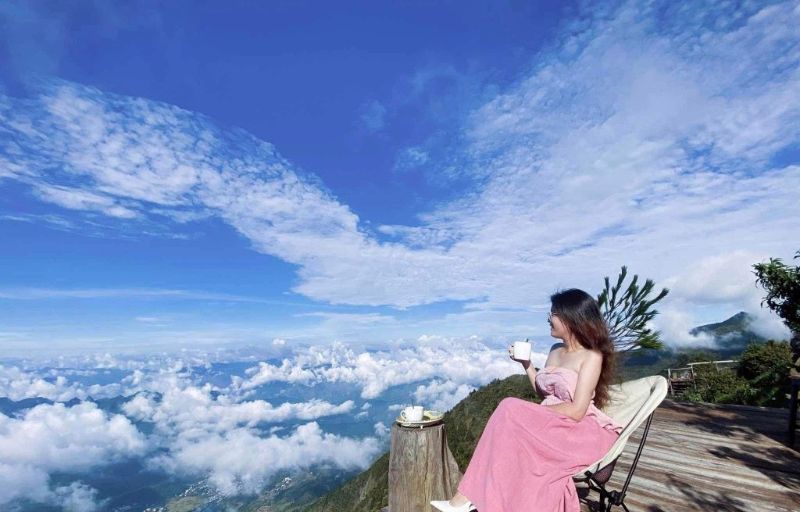
Walk through moss forests and ancient tea groves
The reserve and lower slopes are home to an old-growth mossy forest, venerable Shan Tuyet tea hills. Roots and rocks are covered in vibrant green moss and venerable tea plants over 100 years old. These shaded trails offer peaceful immersion in Ta Xua’s verdant landscapes and biodiversity-rich surroundings.
Sip coffee with a view: cloud‑view cafés
Break up hikes with visits to local cafes like Thao Coffee. There, you can enjoy a hot drink, and you can watch the mist roll through the terraced landscape. Clouds often linger visibly at window-level, especially on cold mornings.
Consider motorbike tours for off‑road exploration
Join a motorbike tour from Ha Noi or Bac Yen to explore winding mountain roads, hidden valleys, and countryside villages. Guided tours cater to varying experience levels and combine hardcore riding with scenic and cultural interest. Roads may be bumpy, muddy, or steep, so riding experience is handy, though local riding guides can make the experience easier.
Practical tips for your Ta Xua adventure
Planning can greatly impact your Ta Xua adventure, especially since the area is remote and less developed than well-known tourist spots. The following are must-know tips for a smooth and enjoyable trip:
1. Best time to visit
The ideal time to visit Ta Xua is from November to March, with the best chance of witnessing the mythical sea of clouds. Viewing is best in the early morning after rainy or humid nights. If you prefer greenery and flowering, April to June is also appropriate for trekking, though cloud density may be lower.
2. How to get there
Ta Xua is located in Bac Yen District, Son La Province, about 240 km from Hanoi. You can take the bus or private car from Hanoi to Bac Yen town (about 5–7 hours), then rent a motorbike or take a local driver for the last 15–20 km mountainous road to Ta Xua village. There might be some steep and narrow roads, so be careful when driving if driving yourself.
3. Accommodation
Some local homestays and guesthouses are available in and around Ta Xua village. The accommodation is generally basic but comfortable, ranging from 200,000 VND to 1,000,000 VND per night. It is recommended to book in advance on weekends and during the cloud-hunting season.
4. What to pack
- Warm clothing: Temperatures drop significantly in the early morning and at night, especially from November to February.
- Trekking gear: Sturdy hiking shoes, gloves, a windbreaker or raincoat, and a flashlight are essential for trekking and ridgeline hikes.
- Health items: Bring personal medications, insect repellent, and sun protection.
- Snacks and water: Supplies can be limited once you’re on the trail or ridge.
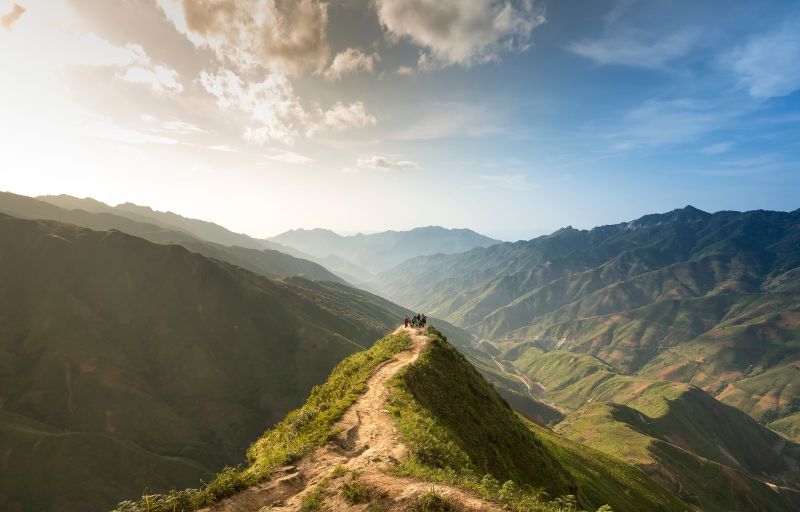
5. Safety tips
Mountain trails like the Dinosaur Backbone can be narrow and slippery, especially after rainfall. Avoid hiking alone in foggy or stormy conditions. If you’re unfamiliar with the place, hire a local guide to help with navigation and safety. Guides also know the timing and spot for cloud viewing.
6. Respect the local culture
Ta Xua is home to ethnic minority groups like the H’Mong and Thai, who value privacy and tradition. Always ask before taking photos, avoid loud noise, and respect local customs when staying in homestays or visiting villages.
7. Connectivity and cash
Mobile signal is available in the central village, but it could be weak in the mountains. None of the shops and accommodations take cards, so bring enough Vietnamese currency (VND) for your expedition.
8. Camping and cloud hunting
If you’re overnight camping, bring proper cold and wind equipment. Camping sites on the Dinosaur Ridge or Turtle Rock provide stunning sunrise scenery, but weather conditions can change in the blink of an eye – prepare and research forecasts in advance, and inform someone of your schedule.
Read more: Ho Tram Beach travel guide: What to know before you go
FAQs about things to do in Ta Xua
To help you prepare better, we’ve answered some of the most frequently asked questions about what to do in Ta Xua.
Is it safe to trek without a guide?
You can do the hike by yourself on well-used trails like the Dinosaur Backbone, especially if you have experience navigating on trails and with the weather. Reddit hikers comment, “You definitely don’t need a tour company for it. Just get a bus, book a homestay and wander down each morning to see the sunrise….”.
Parts of the trail, like the Dinosaur Spine, can be steep, slippery, or exposed, particularly in fog or after rain. Unless you have mountain trekking experience and confidence, it is recommended that you hire a local guide and porters. Guides typically provide route knowledge, early morning access to viewpoints, and help with equipment and safety.
How many days should I spend here?
Most travelers find that a 2-day, 1-night experience gives them enough time to see the highlights – sunrise cloud hunting, trekking the spine, and visiting villages. A 3-day, 2-night visit allows for more treks, a more relaxed pace, and day trips to nearby destinations like Xim Vang or Moc Chau.
Longer trips are possible if you’re including Ta Xua as part of a Hanoi, Mai Chau, Moc Chau, and Ta Xua motorbike loop over 5–6 days.
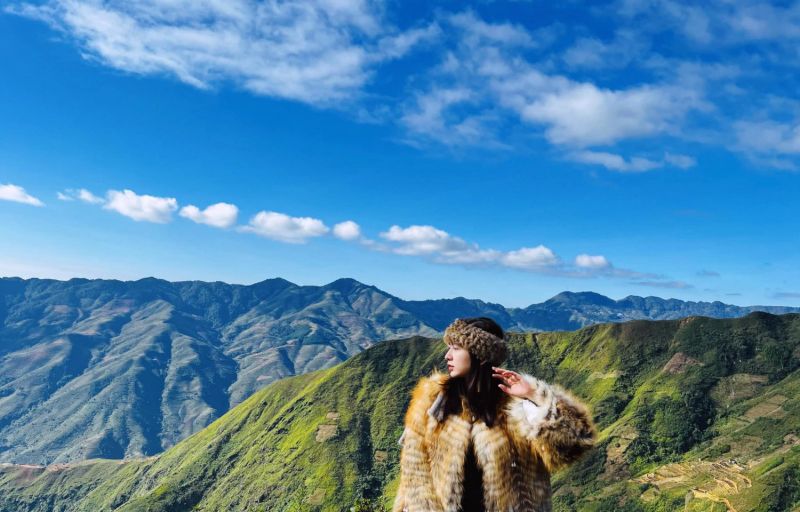
What’s the chance of seeing clouds or a sunrise?
The famous sea of clouds appears most reliably during the dry season from November to April, with December to March offering the highest likelihood.
Ideal conditions include:
- Pre-dawn hikes (starting around 4 AM for sunrise)
- Cool nights followed by warmer, humid mornings—triggers for fog formation
- Early climbs – mist often lifts after 10 AM, making visibility poor
Still, it’s not guaranteed. Some visitors hunt clouds multiple times before spotting them. Even so, the dramatic scenery remains beautiful year-round.
Let Lily’s Travel show you the magic of Ta Xua! With years of experience and thousands of glowing reviews, we craft journeys full of warmth, discovery, and connection. Whether you’re chasing clouds or exploring ethnic villages, our enthusiastic team ensures a smooth, unforgettable trip – all designed with care and a love for Vietnam.
What to do in Ta Xua is no longer a mystery once you experience its cloud-covered peaks, unique treks, and rich ethnic culture. Whether you’re an adventure lover or a peace-seeker, Ta Xua has something unforgettable for everyone. Pack your bags and let nature guide the way.



